Table of Contents
Introduction
Artificial intelligence, including generative AI, is now central to nearly every facet of modern advertising. From generating ad creatives and copy to optimizing budgets and forecasting campaign performance, AI drives the decisions behind the ads we see every day.
In 2025, the majority of online advertisements are driven by artificial intelligence.
- Platforms like Google Ads, Amazon Ads, LinkedIn Ads and Meta Ads use real-time algorithms to buy, target, and place ads within milliseconds.
- AI-powered advertising platforms analyze vast data to understand consumer behavior, predict trends, and create targeted ad content.
- Whether it’s product suggestions or predictive targeting, AI is deeply embedded in how advertising works today.
This guide breaks down everything you need to know about AI in advertising: how it works, where it’s used, the tools that power it, and how to make it work for your organization.
Key Statistics
- 90% of marketers report that AI helps them save time and improve efficiency in their daily work.
- AI Overviews are being used in Google search results and have seen significant growth.
- 52% of marketers say AI has improved speed and efficiency in their work
- Seventy-two percent of companies worldwide are now utilizing AI in at least one business function.
- Over 50% of marketing teams are leveraging AI to optimize content.
What is AI in Advertising?
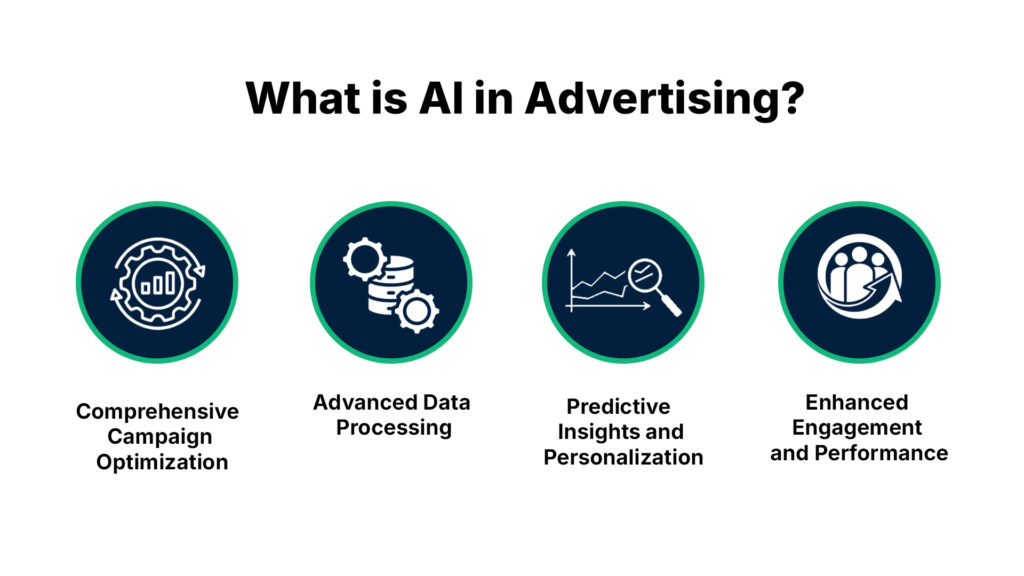
Artificial intelligence (AI) in advertising refers to the use of advanced technologies—such as machine learning, natural language processing, and predictive analytics—to automate, optimize, and enhance the entire advertising process.
- Comprehensive Campaign Optimization: From refining audience targeting to optimizing ad placements and analyzing performance in real-time, AI touches every stage of the advertising journey
- Advanced Data Processing: One of AI’s greatest strengths lies in its ability to process and interpret massive amounts of consumer data, far beyond what a human team could manage manually
- Predictive Insights and Personalization: AI identifies behavioral patterns, predicts user intent, and enables the creation of hyper-personalized campaigns tailored to specific audience segments
- Enhanced Engagement and Performance: This intelligent approach results in more relevant messaging, increased engagement, and improved overall campaign performance
How AI is Used in Advertising?
AI is used in advertising to automate and personalize campaigns, analyze data for insights, and optimize performance. Here’s a more detailed breakdown:
Personalization and Targeting
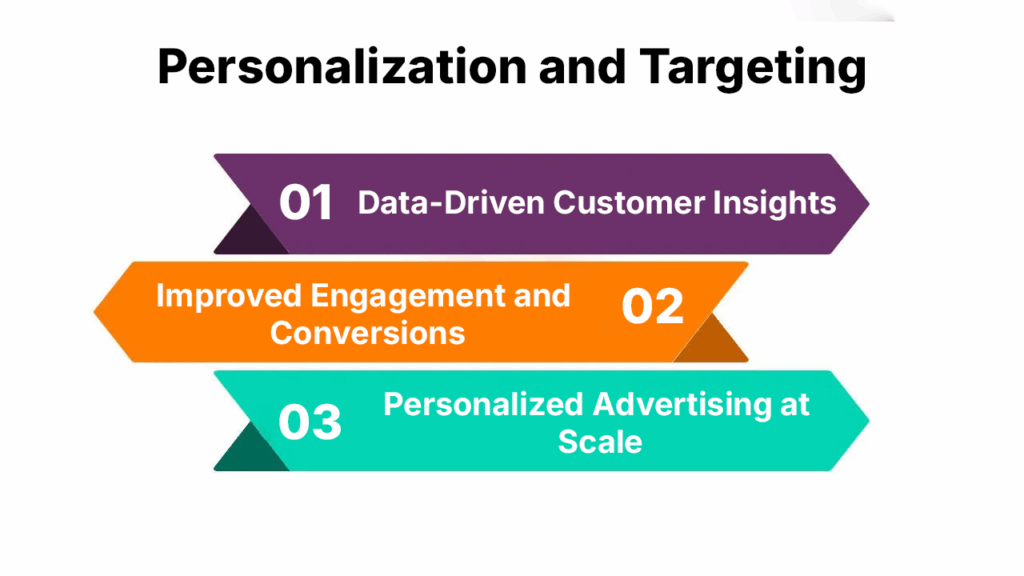
- Data-Driven Customer Insights: AI algorithms analyze vast amounts of user data—including demographics, online behavior, and interests—to identify high-potential customers and tailor ads to their specific needs and preferences
- Improved Engagement and Conversions: By delivering highly relevant and timely ads, AI helps boost user engagement, leading to significantly improved click-through and conversion rates
- Personalized Advertising at Scale: AI powers personalized ad experiences at scale, from curated product recommendations to dynamically changing ad creatives based on individual user behavior
Automation and Optimization
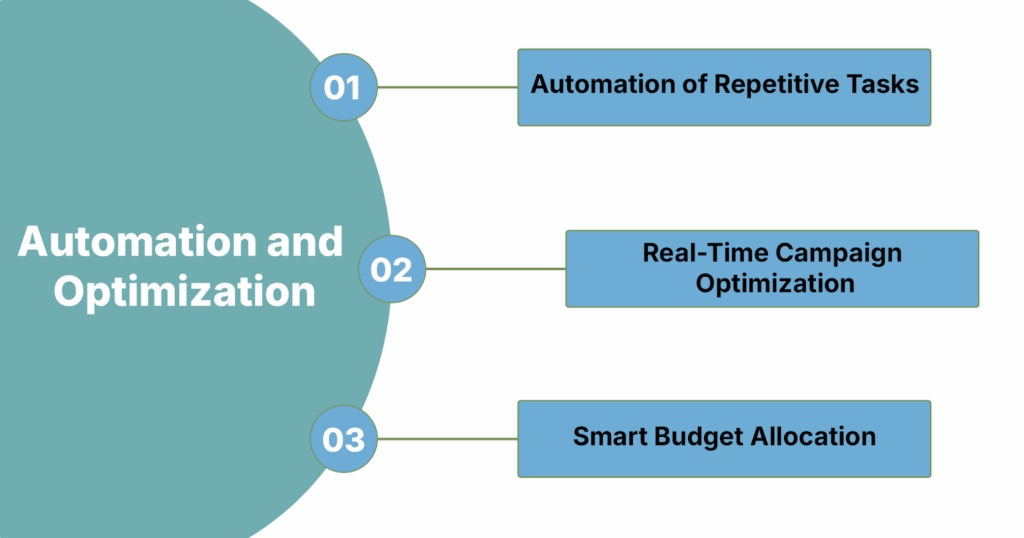
- Automation of Repetitive Tasks: AI automates time-consuming aspects of advertising, such as ad creation, bidding, and placement, allowing marketers to focus on higher-level strategy and creative development
- Real-Time Campaign Optimization: AI-powered tools continuously analyze ad performance and make real-time adjustments to budgets, bids, and targeting to ensure campaigns are optimized for maximum return on investment
- Smart Budget Allocation: Platforms like Google Ads and Bing Ads use AI to automatically shift budget toward high-performing campaigns, ensuring efficient use of ad spend and improved overall campaign performance
Ad Creative and Content Generation
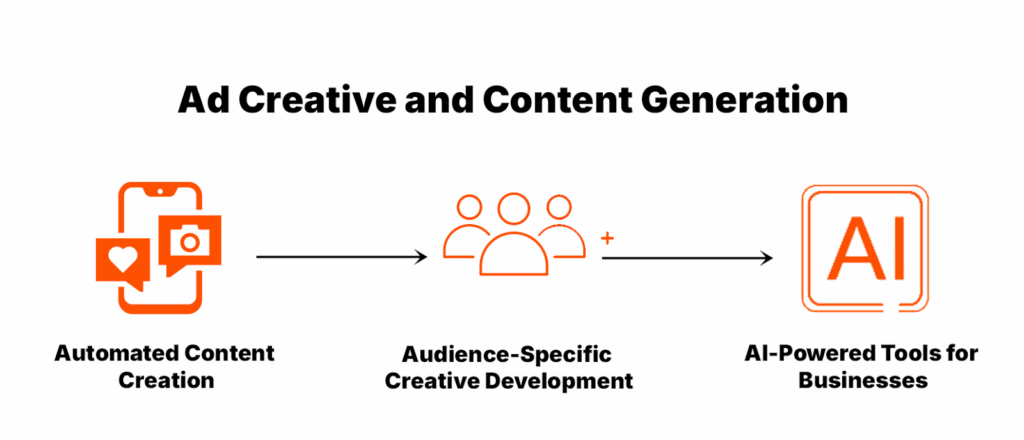
- Automated Content Creation: AI can generate ad copy, product descriptions, and creative assets such as images and videos, streamlining the content creation process
- Audience-Specific Creative Development: Generative AI models produce unique and engaging ad content tailored to specific audiences and platforms
- AI-Powered Tools for Businesses: Tools like Shopify Magic assist with tasks like writing product descriptions and modifying image backgrounds
Programmatic Advertising
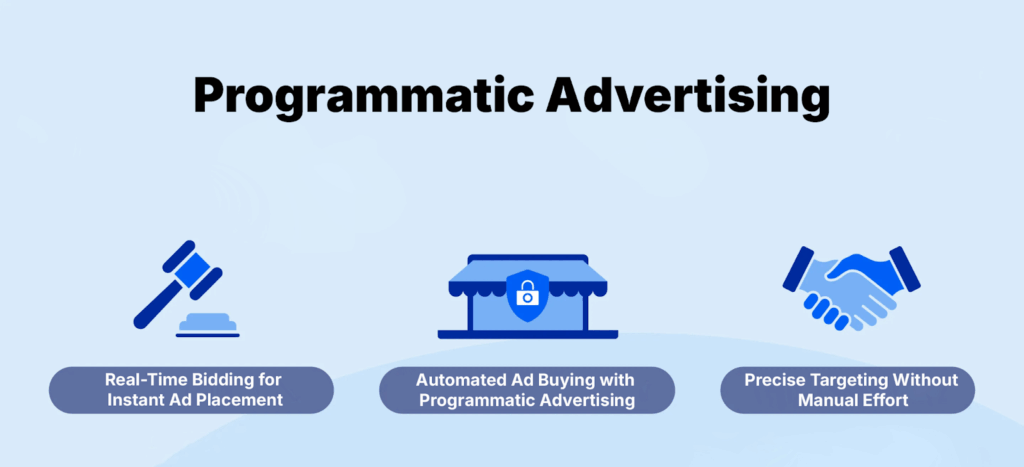
- Automated Ad Buying with Programmatic Advertising: Programmatic advertising leverages AI to automate the process of purchasing ad space
- Real-Time Bidding for Instant Ad Placement: Through real-time bidding (RTB), ads are bought and served within milliseconds as a user loads a webpage
- Precise Targeting Without Manual Effort: This approach ensures the right ad is delivered to the right person at the right time, eliminating the need for manual intervention
Benefits of AI Advertising
AI in advertising offers numerous benefits, including improved targeting, increased efficiency, and enhanced personalization.
Here’s a more detailed look at the advantages:
Enhanced Targeting and Personalization
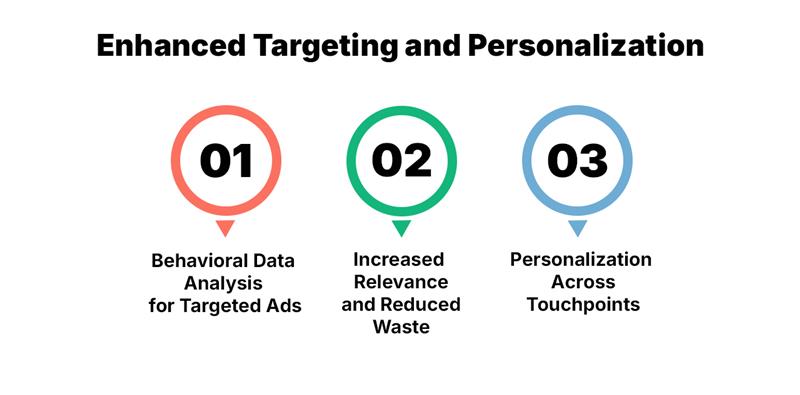
- Behavioral Data Analysis for Targeted Ads: AI analyzes vast amounts of customer data to understand behavior and preferences, enabling highly targeted advertising campaigns
- Increased Relevance and Reduced Waste: Delivering more relevant ads helps minimize wasted ad spend and enhances the overall customer experience
- Personalization Across Touchpoints: AI customizes ad content, product recommendations, and even ad timing to better align with individual user interests and habits
Increased Efficiency and Cost Savings
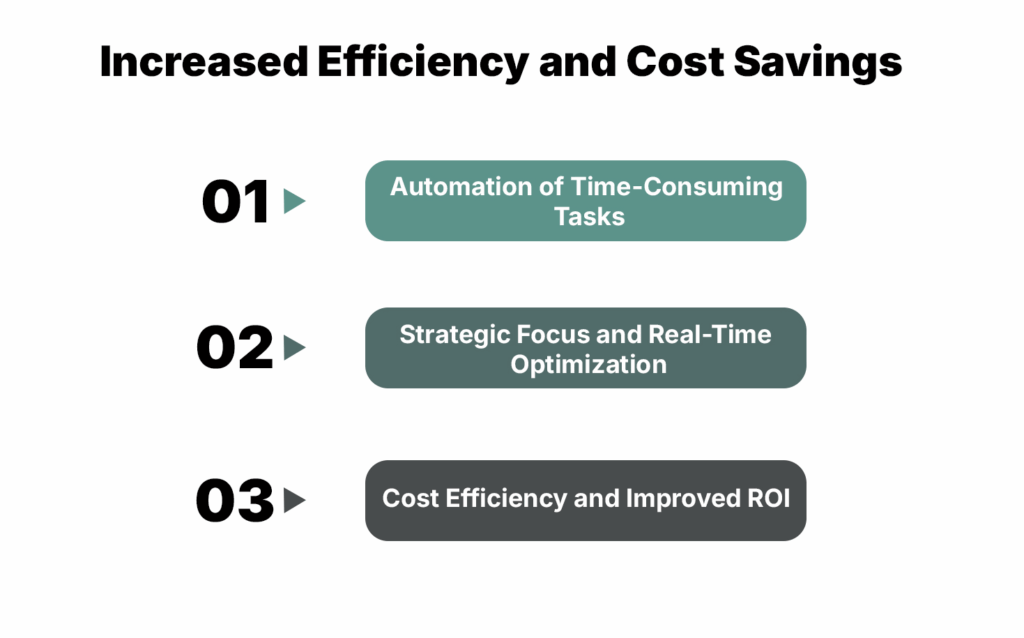
- Automation of Time-Consuming Tasks: AI streamlines processes like ad creation, campaign management, and data analysis, reducing manual workload
- Strategic Focus and Real-Time Optimization: With routine tasks handled by AI, marketing teams can focus on strategic initiatives and make real-time campaign adjustments
- Cost Efficiency and Improved ROI: By minimizing wasted impressions and optimizing ad spend, AI drives significant cost savings and boosts return on investment
Improved Campaign Performance
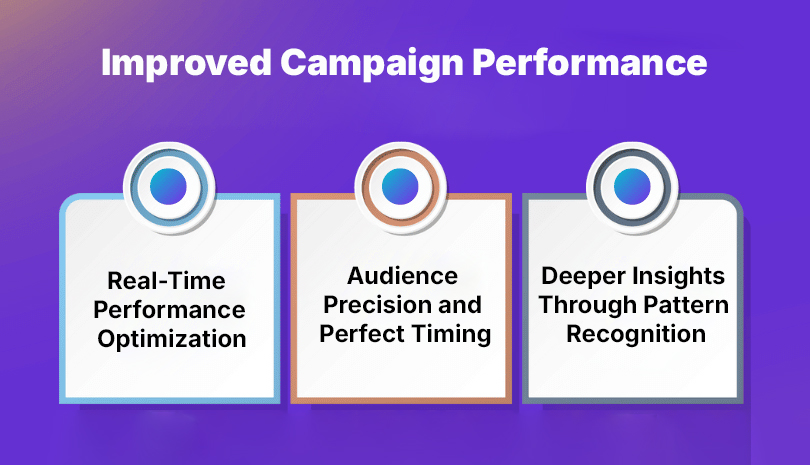
- Real-Time Performance Optimization: AI algorithms analyze campaign performance data in real-time and automatically adjust bids, targeting, and ad creatives to maximize results
- Audience Precision and Perfect Timing: Dynamic optimization ensures ads are delivered to the most relevant audiences at the most impactful moments
- Deeper Insights Through Pattern Recognition: AI uncovers trends and patterns in customer behavior that human analysts may overlook, enabling more effective and informed campaigns
Data-Driven Decision Making

- Insight Generation from Large Datasets: AI analyzes vast amounts of data to uncover valuable insights and trends that guide marketing strategies
- Informed Decision-Making: A data-driven approach empowers marketers to make smarter decisions and fine-tune campaigns for improved performance
- Predictive Analytics for Future Planning: AI supports forecasting future trends and customer behaviors, enabling marketers to proactively refine their strategies
Top AI Advertising Platforms
Google Ads
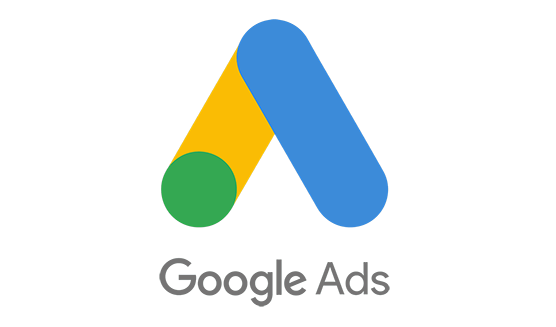
Google Ads remains a leading AI-powered advertising platform, trusted by millions of businesses worldwide.
- Performance Max (PMax) is at the core of Google’s AI advertising capabilities. It leverages advanced machine learning to deliver optimal results across all Google channels—Search, Display, YouTube, Gmail, and Discover.
- With PMax, advertisers simply input their creative assets, audience signals, and business goals, and the system automatically tests, optimizes, and serves the best-performing combinations.
- Customer Match allows advertisers to upload their first-party customer data (such as email addresses or phone numbers) to target or re-engage existing customers across Google’s platforms.
- This enables highly personalized ad experiences and increases the effectiveness of remarketing efforts.
By using Google Ads, Performance Max campaigns, and Customer Match, brands can streamline their ad strategy, reduce manual guesswork, and achieve better ROI.
Meta Ads
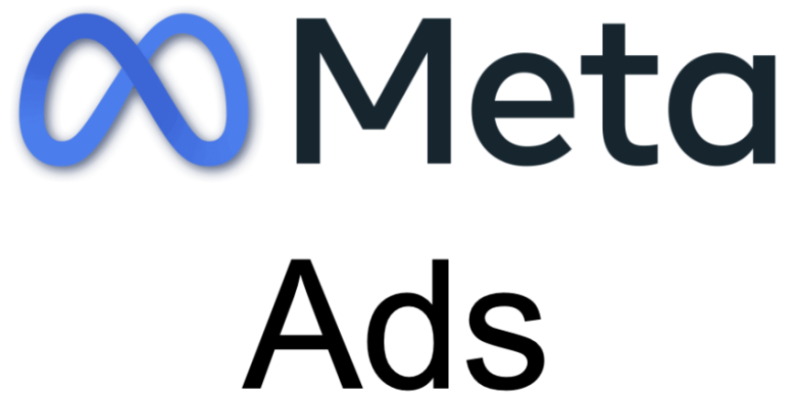
Meta (formerly Facebook) offers Advantage+ campaigns that use AI and machine learning to optimize everything from audience targeting to creative placement.
- Lookalike Audiences, which allow advertisers to reach new users who closely resemble their best existing customers.
- LLaMA (Large Language Model Meta AI) is a cutting-edge language model that enhances ad copy generation, user interaction understanding, and content personalization.
- The platform dynamically tests different ad variations and automatically serves the best-performing creatives to users most likely to convert, resulting in smarter ad spending and better outcomes across Facebook and Instagram.
- By analyzing behaviors, interests, and demographics, Meta identifies and targets people most likely to engage and convert, helping brands scale with precision.
This enables Meta to serve more relevant, engaging, and effective ads at scale.
ChatGPT Search

ChatGPT is a powerful AI tool that helps advertisers create compelling ad copy, brainstorm campaign ideas, and craft engaging social media content quickly. It can generate slogans, product descriptions, and customer responses, saving time and boosting creativity.
By providing data-driven insights and personalized messaging, ChatGPT enables marketing teams to produce effective campaigns that resonate with target audiences and improve overall ad performance.
Perplexity
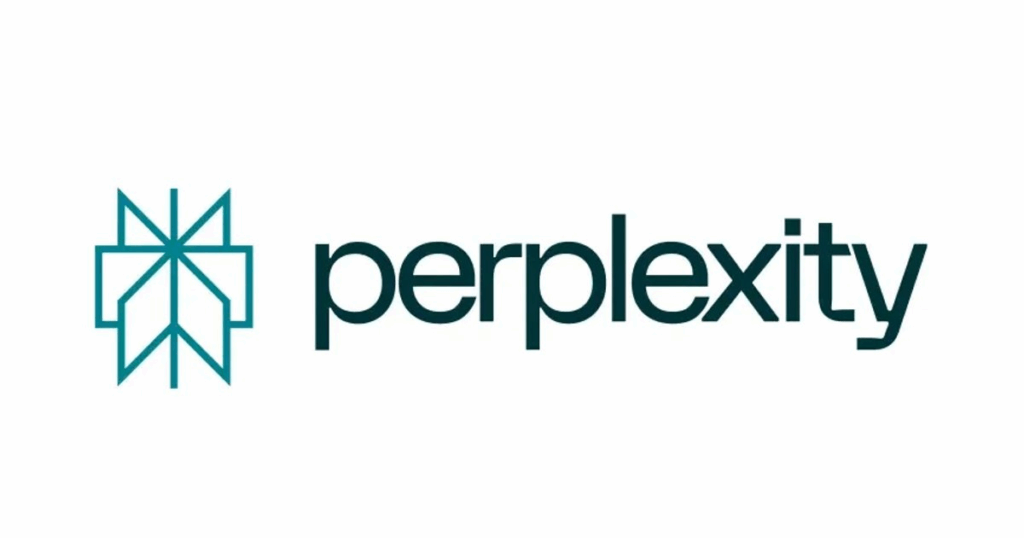
Perplexity AI is an AI-powered search assistant that helps advertisers quickly gather relevant market insights, competitor analysis, and trending topics by delivering concise, accurate answers from the web.
It streamlines research for campaign planning and content creation, enabling marketers to make data-driven decisions faster. With Perplexity AI, advertising teams can stay ahead of trends, optimize targeting strategies, and create more effective, timely campaigns.
Gemini Pro
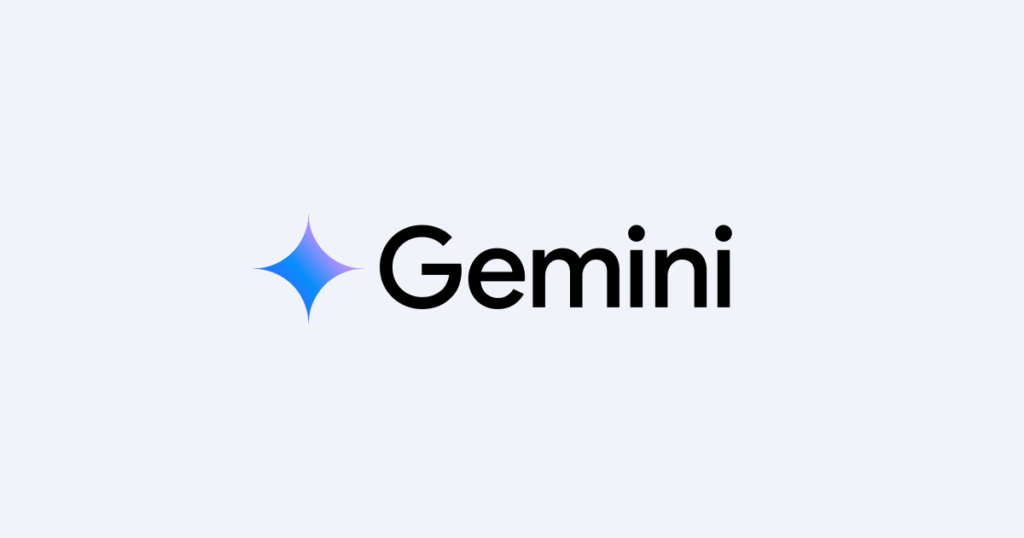
Google’s Gemini AI is transforming advertising by helping marketers generate ad copy, campaign ideas, and targeting strategies using real-time data. With its understanding of both text and visuals, it excels across platforms like Google Ads and YouTube.
Gemini enables brands to scale content, stay ahead of trends, and optimize performance—giving marketers a competitive, creative edge. It also streamlines workflows, reducing the time spent on manual tasks.
Adobe Sensei
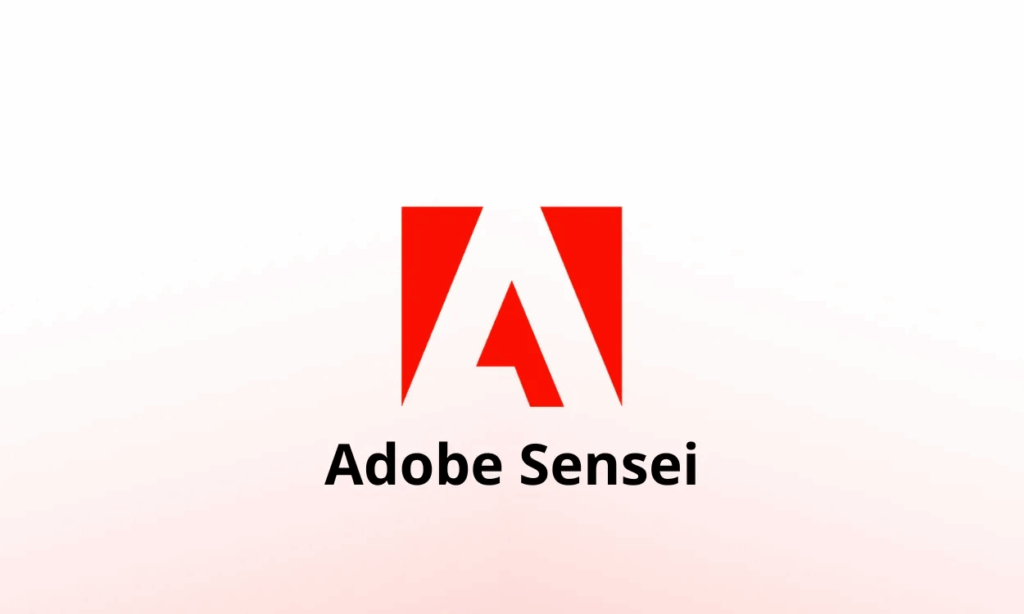
Adobe Sensei is Adobe’s powerful AI and machine learning engine that enhances its marketing, analytics, and creative tools. It helps marketers automate decisions, personalize content at scale, and analyze customer journeys to deliver more impactful experiences.
With Adobe Sensei, businesses can optimize campaign performance, enhance customer segmentation, and make real-time recommendations based on user data and behavior.
Jasper AI
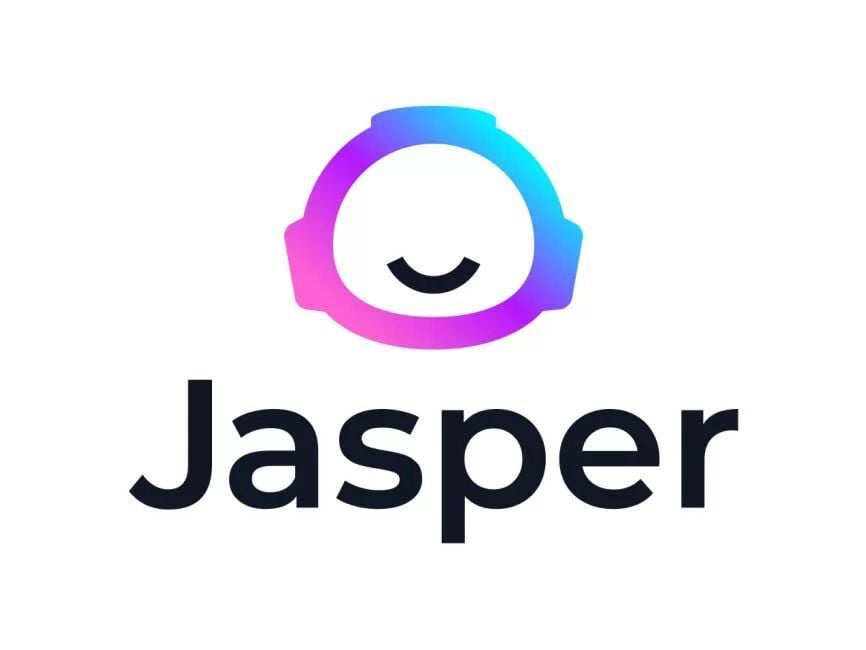
Jasper AI is a generative AI writing assistant built to streamline content creation for marketing and advertising teams.
It can produce compelling ad copy, headlines, product descriptions, and promotional emails with tone and style adjustments tailored to specific audiences. Jasper saves time on copywriting and allows for rapid iteration of creative ideas, making it ideal for A/B testing and campaign scaling.
Shopify Magic

Shopify Magic integrates AI into the Shopify platform to assist merchants with everyday tasks like writing product descriptions, generating email subject lines, and modifying ad creatives.
It also offers features like AI-generated image edits (e.g., background removal), making it easier for online store owners to create professional, conversion-ready ads quickly.
Examples and Case Studies
Coca-Cola
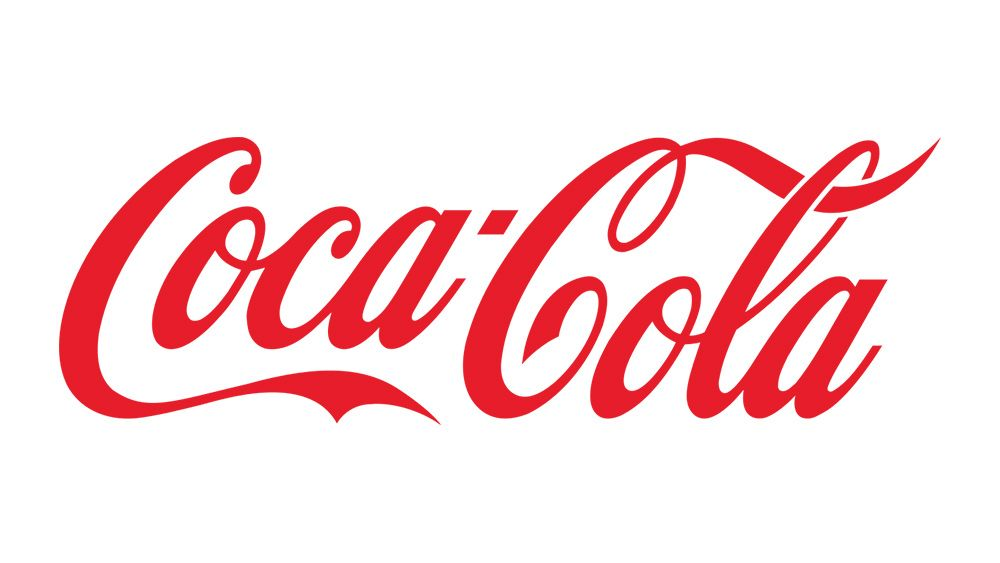
Coca-Cola has embraced AI for both content creation and campaign optimization. The brand uses AI-driven dynamic creative optimization (DCO) to deliver personalized ads based on consumer preferences, location, and behavior.
They’ve also explored generative AI to co-create ad visuals and slogans, allowing for hyper-localized campaigns in global markets. This approach helps the company stay culturally relevant while maintaining brand consistency worldwide.
Amazon

Amazon sets the gold standard for AI in advertising. Its AI algorithms analyze vast amounts of user data—browsing history, purchase patterns, and even mouse movements—to serve hyper-targeted ads and product recommendations.
Sponsored product ads and dynamic retargeting campaigns are powered by machine learning models that anticipate what each user is most likely to buy next.
HubSpot
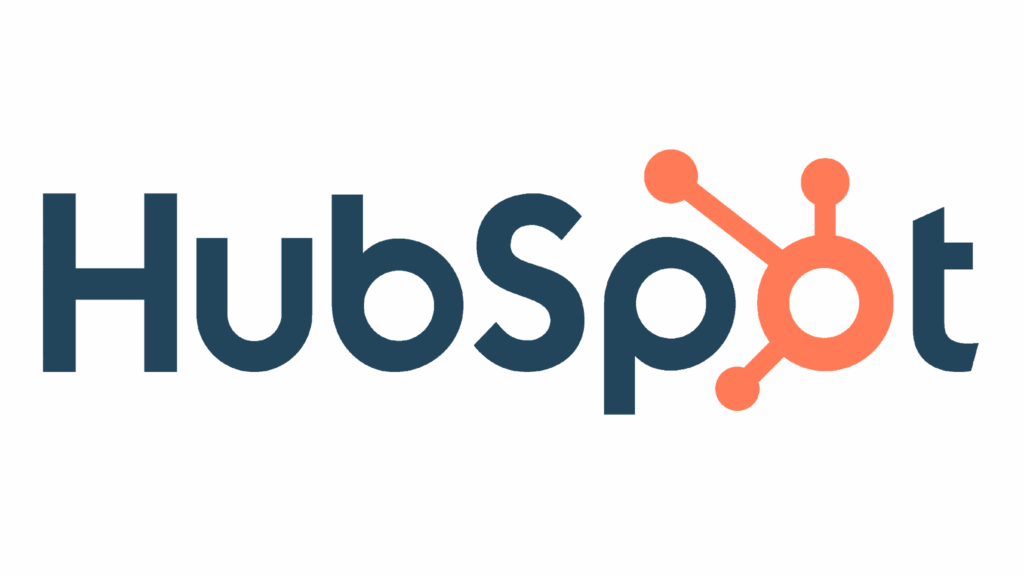
HubSpot uses AI to refine its inbound marketing and advertising strategies, focusing on improving lead generation and nurturing. AI-driven insights allow HubSpot to segment audiences, personalize messaging, and automate email ad flows.
For their advertising efforts, machine learning models evaluate which CTAs, headlines, and channels perform best with specific buyer personas. This continuous optimization fuels greater engagement and conversion throughout the funnel.
Netflix
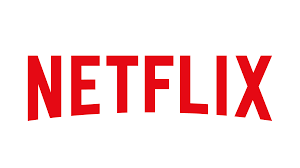
While known more for content recommendation, Netflix’s advertising approach also harnesses AI to personalize promotional content across platforms.
Netflix uses behavioral data to target users with trailers, banners, and promotional ads tailored to their tastes. When promoting new content, the platform even alters the visuals or titles shown to a user depending on their viewing habits—making every ad impression count.
Sephora
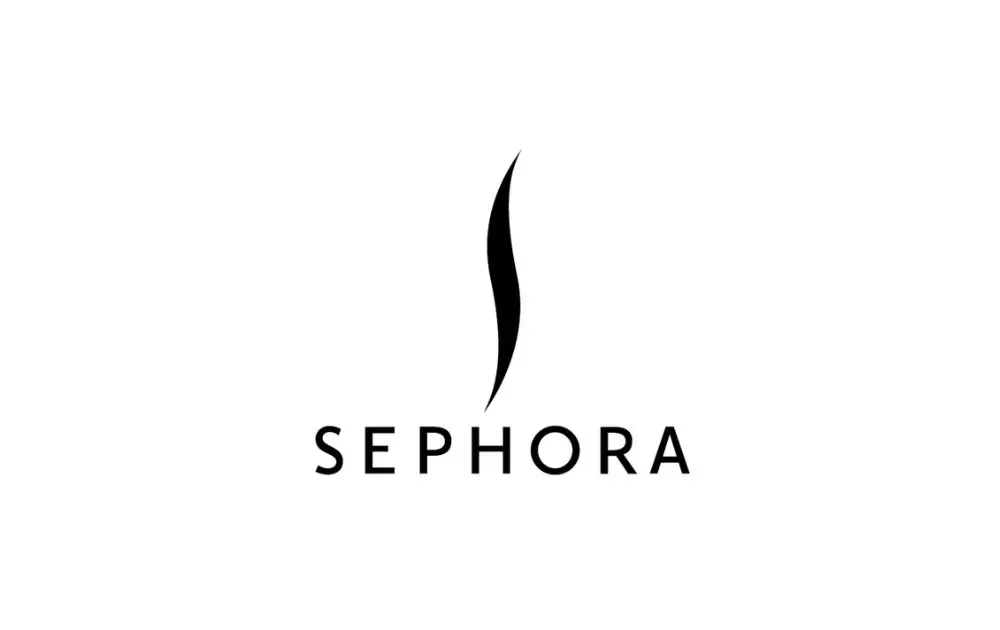
Sephora uses AI to create personalized beauty experiences both online and offline. Its advertising strategy includes AI-generated product recommendations, personalized emails, and dynamic retargeting ads that reflect a user’s preferences, skin tone, and shopping behavior.
Sephora also leverages augmented reality and AI to let users “try on” makeup virtually, enhancing engagement and ad conversion. Their campaigns are crafted to be deeply relevant, empowering users to discover new products tailored just for them.
IBM
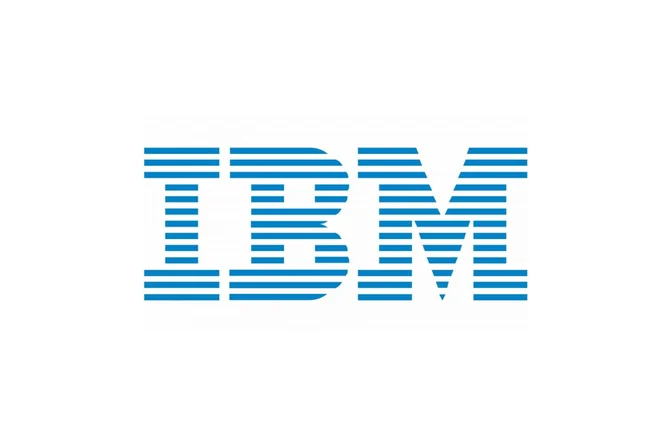
IBM leverages AI through its Watson platform to gain deeper insights into customer behavior and engagement.
For its advertising strategies, IBM uses predictive analytics and natural language processing to tailor content, personalize messaging, and target decision-makers more effectively. Their AI systems analyze trends across industries, helping IBM not only advertise smarter but also guide clients in doing the same.
Salesforce
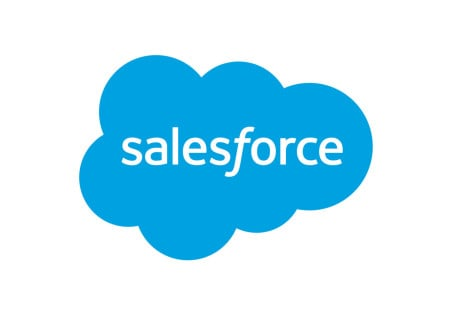
Salesforce integrates AI into its Marketing Cloud via Einstein AI, allowing businesses to create deeply personalized advertising journeys. Einstein evaluates individual customer behavior and engagement history to determine the best time, channel, and message for each ad.
This results in higher engagement and more efficient ad spend. Salesforce itself uses Einstein AI to power its own ad campaigns—especially in B2B segments—ensuring relevance and maximizing lead quality.
Notion AI
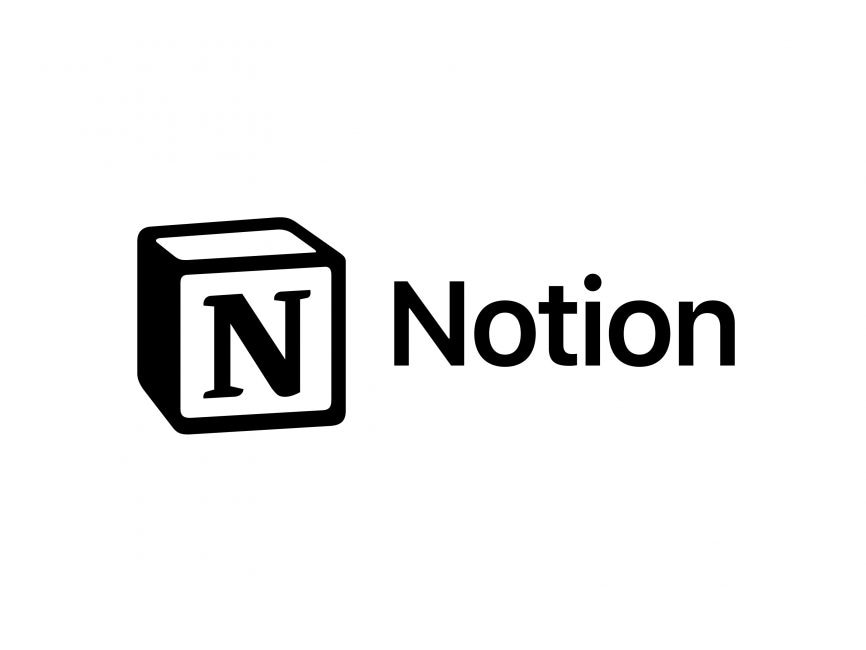
Notion AI, built into the Notion workspace, is being used both internally and by customers to assist with content-driven advertising. By using generative AI capabilities, Notion can quickly develop blog drafts, ad copy, and personalized outreach messages.
This accelerates campaign creation and improves messaging relevance. The platform itself also serves as a tool for startups and marketers looking to produce creative assets for ads with the help of AI.
Omneky
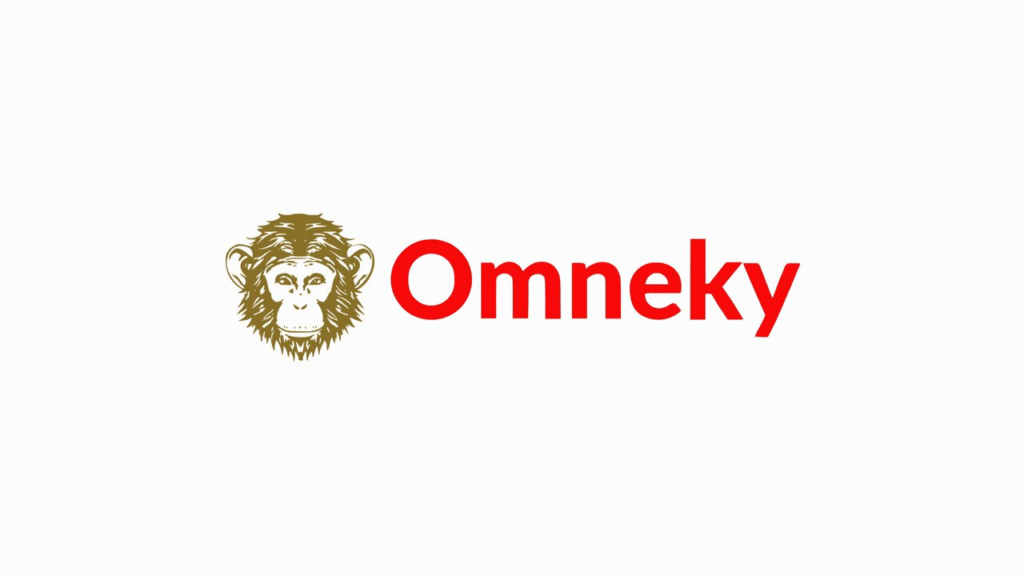
Omneky is redefining performance marketing through generative AI. The platform uses machine learning to analyze brand guidelines, customer data, and market trends to create ad variations automatically.
Omneky combines creative AI with data insights to test and optimize ads across platforms like Facebook, Google, and LinkedIn. It allows businesses to scale their advertising efforts while maintaining consistency and performance.
Conclusion
AI is not the future of advertising—it’s the present. From small eCommerce brands to Fortune 500 giants, organizations are increasingly adopting AI to cut through the noise, deliver personalized experiences, and achieve better returns.
Understanding how AI in advertising works, what tools to use, and how to deploy them effectively can give your brand a competitive edge. But as with any powerful technology, success lies not just in implementation, but in using AI ethically and strategically.
As AI capabilities continue to grow, the most successful advertisers will be those who marry human creativity with machine intelligence. By embracing the power of AI, marketers are stepping into a new era of advertising—smarter, faster, and more connected than ever before.
Deepak Wadhwani has over 20 years experience in software/wireless technologies. He has worked with Fortune 500 companies including Intuit, ESRI, Qualcomm, Sprint, Verizon, Vodafone, Nortel, Microsoft and Oracle in over 60 countries. Deepak has worked on Internet marketing projects in San Diego, Los Angeles, Orange Country, Denver, Nashville, Kansas City, New York, San Francisco and Huntsville. Deepak has been a founder of technology Startups for one of the first Cityguides, yellow pages online and web based enterprise solutions. He is an internet marketing and technology expert & co-founder for a San Diego Internet marketing company.



